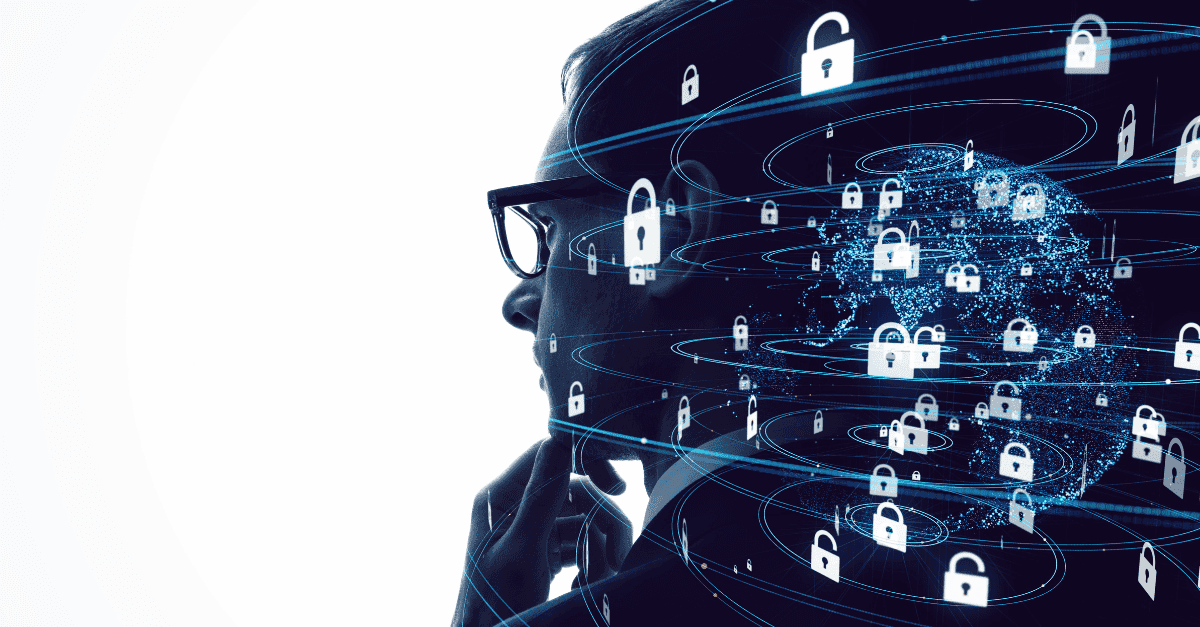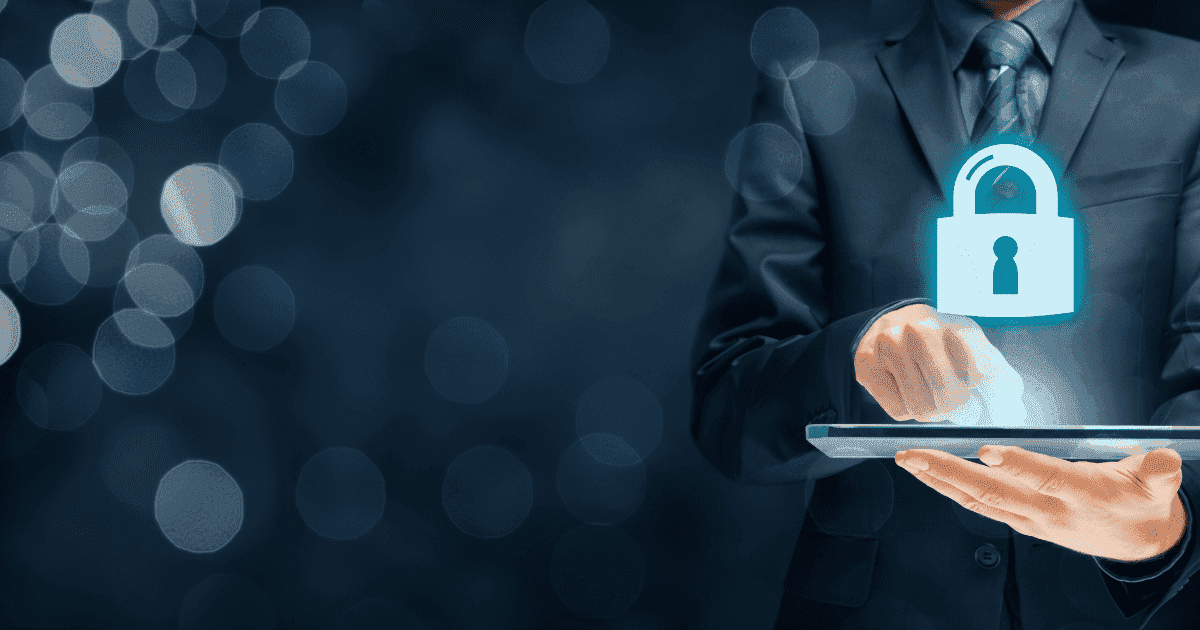How CISOs Should Prepare Against The Rising Physical And Digital Security Threats?
The dramatic rise in both physical and digital security risks has put great pressure on CISOs and other cybersecurity leaders to mitigate security threats of all types. Amid the increasing adoption of remote work, digital transformation, geopolitical challenges escalation, and regulations change, everyone wants to know what you're doing to protect your company and build long-term cyber resilience. In the face of potential breaches, ransomware attacks, and other threats, are you laying a foundation for safe and long-term business growth?
As cyber threats are becoming more unpredictable and disruptive, cybersecurity leaders must improve their organizations' resilience because breaches will happen under their watch. In order to achieve this, CISOs must realize the changing security demands, and focus on sensitive areas in addition to preventing attacks.
How the role of CISOs Is Changing In 2023?
CISO - Chief information security officer is an individual responsible for the safe and smooth operations of an enterprise or a large organization.
For the last few years, the role of CISOs has dramatically changed. From simply a head of IT security, the CISOs are now responsible for maintaining impenetrable cyber defenses and adopting protective measures that extend beyond a company’s security perimeters.
Today, CISOs, CIOs, and other cybersecurity professionals are tasked with protecting data networks, ensuring compliance, building resilience in the organization, and even handling physical security. Keeping in view the increasing trend of remote working, cybersecurity leaders are responsible for protecting organizations’ assets and employees working anywhere in the globe. CISOs are required to adapt to these changes at a time when businesses are facing countless cyber threats in the digital realm.
How CISOs Should Prepare To Mitigate the Rising Cyber Threats?
1. Make Cybersecurity A Boardroom Priority
As digital transformation becomes a core component of most business practices, security is a top concern. CISOs must now consider cyber risks along with physical ones. Meet with business executives and other decision-makers in the organization to explain the significance of having a robust cybersecurity program. The management-level councils and forums can serve as an essential medium to engage stakeholders to drive strategic security initiatives.
2. Implement basic IT Practices In Your Organization
Cybersecurity is everyone's responsibility rather than just a single team or individual. Every employee can be a link in the chain that breaks down cybersecurity, so it is essential to make sure that everyone knows how important security is and knows how to practice IT hygiene. IT hygiene comes from determining what businesses want to protect, where those business entities are, and who handles them. A structured process of answering these three questions is essential for IT hygiene.
3. Focus on Cloud Security
Advanced infrastructure means new opportunities for hackers.
With all the data we trust with cloud service providers, CISOs must be prepared for a greater number of threats. This is because many cybercrimes can easily access information in the Cloud through security breaches, denial-of-service attacks, and insecure APIs. Most cloud service providers offer excellent security services to protect your data - compliance, protection, and privacy - but you must create a strong strategy that accounts for any risks you are taking as an organization.
4. Ensure A Solid Cybersecurity Culture
Security culture should be a fundamental part of your company's culture. Employees should make decisions across their day-to-day tasks that align with the organization's security investments — this is called Security Awareness. It's important for CISOs to nurture an organizational-wide mindset that prioritizes cybersecurity by providing training for employees to identify and report potential threats, creating communities around cybersecurity awareness, and holding awareness sessions and events.
5. Controlling Third Party & Nth Party Security Risks
In addition to knowing common attack types, CISOs must also understand who is attacking their organization and where they are coming from.
More than 80% of enterprises say third-party threats pose the biggest risk of exposure, but they do not take effective measures to mitigate those risks. Additionally, cyber threats have evolved from third-party risks to “nth-party” risks. When your vendors contract directly with you, cyber risks multiply, and when your vendors' contract with their vendors, cyber risks multiply even more.
So when contracting with vendors and integrating third-party solutions, CISOs must ensure their systems are not vulnerable to any risks and third-party apps are completely secured.
6. Invest In Innovations
Data has shown a tremendous rise in sophisticated cyberattacks. These highly advanced attacks are usually done with denial of service, phishing, malware, phishing, SQL injections, crypto-jacking, zero-day vulnerability exploits, watering hole attacks, etc. Hackers resort to ready-to-use hacking toolkits to create their unsophisticated attacks. Organizations need to stay a step ahead by investing in AI cybersecurity solutions that combine emerging technologies like deep learning and blockchain with next-generation breach detection tools and zero-trust networking solutions.
Where CISOs Role Is Headed To Protect Their Organizations Against Evolving Threats?
If you’re a CISO or CIO, odds are that you’re getting a lot of attention from every corner of the business these days. Everyone is looking towards CISOs for business protection.
At this point in the digital workplace, CISOs not only need to focus on preventing threats but also create systems that work well for the business. Constant innovation, creation, and implementation of unique strategies are already part of their job description. They should be thinking about not just the threats before them, but also how to stay ahead of them and keep the goals of the organization at the forefront.
Conclusion
Cybersecurity is no longer an individual game. When it comes to decision-making that ties business strategy and cybersecurity processes, you should invest in security solutions wisely. This will give you stability amidst an ever-shifting storm of physical and digital threats.
On the other hand, cybersecurity professionals and vendors should develop highly advanced solutions that can handle the latest cyber threats.
Are you a cybersecurity vendor? Looking to connect with CISOs to understand their security demands? Join Execweb — a CISO executive network where you can contact hundreds of CISOs, CIOs, and other cybersecurity officers.









Comment